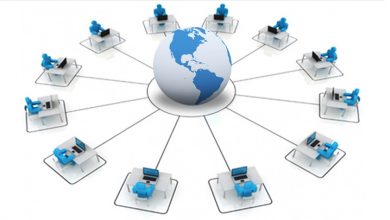Putting the information in the context
The importance to refer to a clear context and framework in order to better understand the collected information.

If we don’t put the information that we have collected in the right perspective, we could lose the real dimension of the project, issue or problem. The context is the basis for reading the findings and allow the development of an opinion, ideas or future strategies.
The context is one of the fundamental items that are allowing a researcher to put in perspective what has been collected and to identify common patterns and understanding of reality.
Why context is important? Because the same item in a completely different context could have a diverse reading and interpretation. Let’s think about the data of the number of hours in front of screens (phones, playstation): this number could be very high in some countries where there is a higher living standard and lower where the living standard is lower. What this data can tell us? Which connections do we see among n. of hours spent in front of a screen and living standards?
For this reason, analysis and preparation happen in parallel and include the following steps:
- Getting familiar with the data: Since most qualitative data is just words, the researcher should start by reading the data several times to get familiar with it and start looking for basic observations or patterns. This also includes transcribing the data.
- Revisiting research objectives: Here, the researcher revisits the research objective and identifies the questions that can be answered through the collected data.
- Developing a framework: Also known as coding or indexing, here the researcher identifies broad ideas, concepts, behaviors, or phrases and assigns codes to them. For example, coding age, gender, socio-economic status, and even concepts such as the positive or negative response to a question. Coding is helpful in structuring and labelling the data.
- Identifying patterns and connections: Once the data is coded, the research can start identifying themes, looking for the most common responses to questions, identifying data or patterns that can answer research questions, and finding areas that can be explored further.
The framework as you can read is strongly connected with the context of the research and to which the collecting of information is linked to.
Exercise
This exercise would help you to reflect about the several items that you should take in consideration when you are defining the context in which are you running an activity or a training:
- what I know about the context of my next training course? Note down the most relevant information.
- Do I need to know more about the context and if yes what?
- Which are the most important information that I should know in order to understand the framework and not been mislead?
Reflection questions:
- How I can define context in my training experience?
- Do I really work always in context that are familiar to me?
- What I do when I am working in context that are not familiar?
- Which are the advantages but also the desavantages to work in new context?




